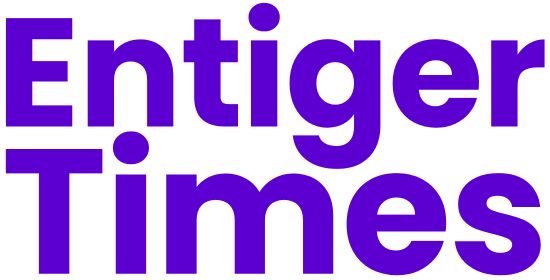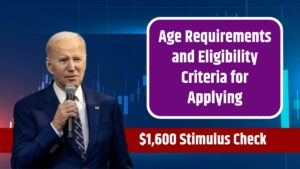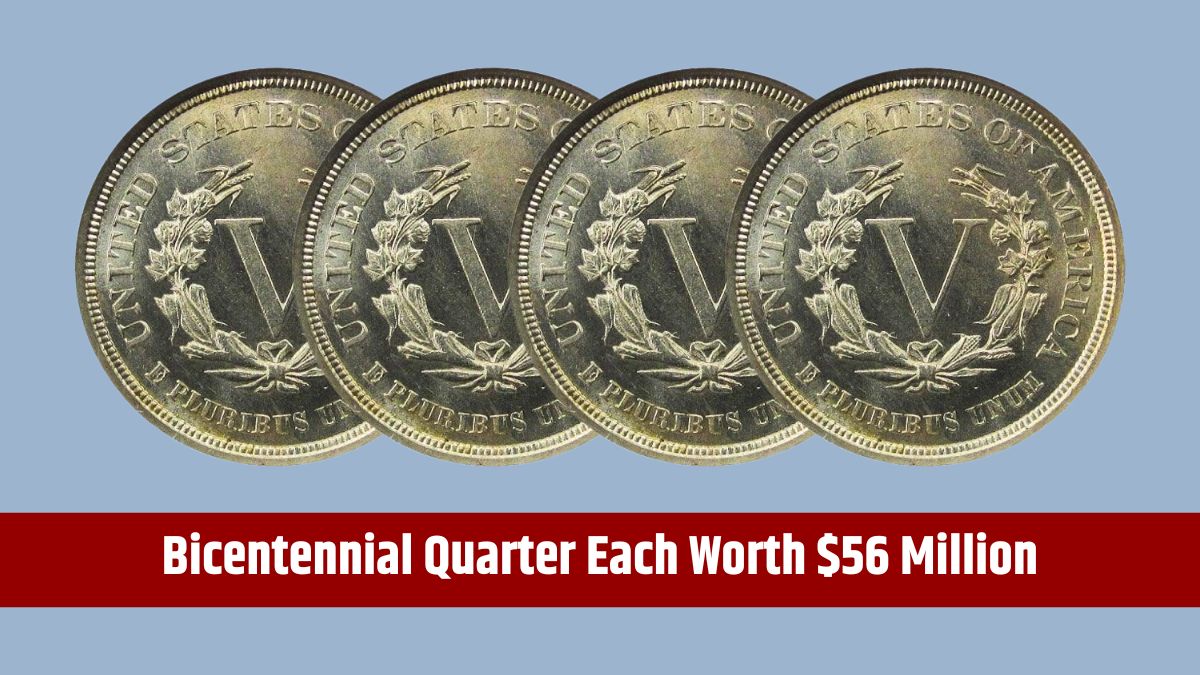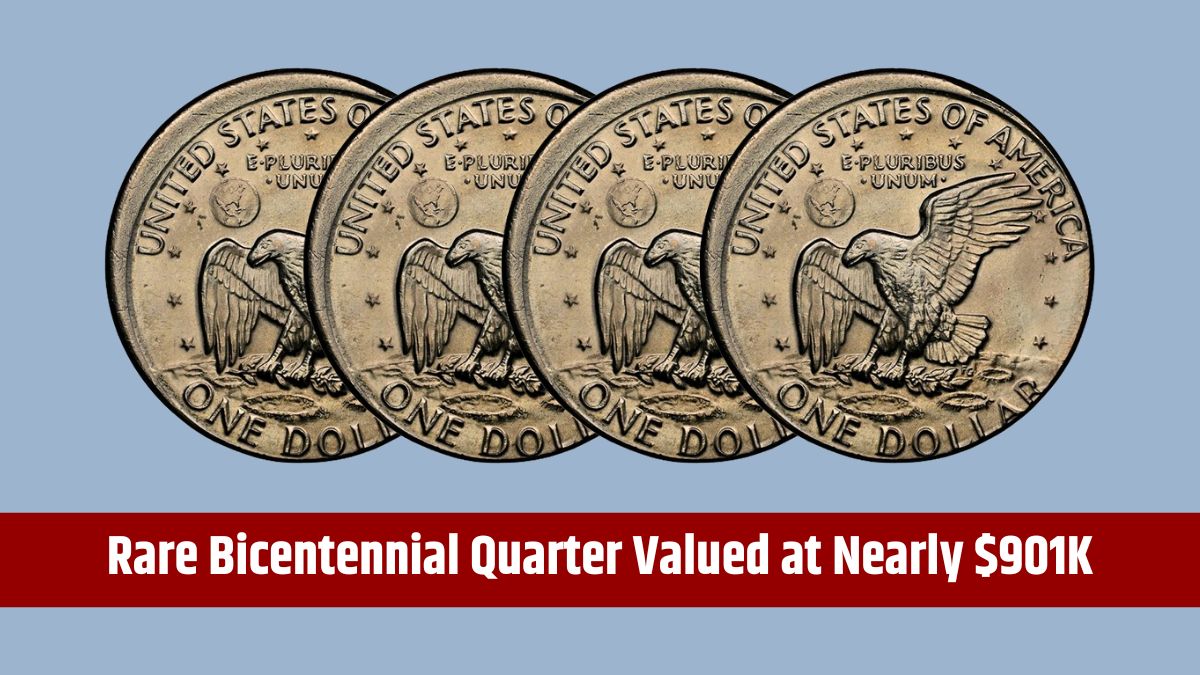Kamala Harris, a presidential candidate, has put forth a series of tax proposals designed to support low-income families, especially those with children. Among these, the Child Tax Credit stands out as one of the key elements. According to the Tax Policy Center (TPC), Harris’s tax measures, including support for low-income workers, families, and first-time homebuyers, are expected to reduce government tax revenue by about $2 trillion over the next ten years.
The benefits of these proposals would primarily go to low- and middle-income families, providing them with much-needed financial relief. But how will this impact taxpayers and the government?
Contents
- 1 Proposals
- 2 Financial Impact
- 3 Impact on Households
- 3.1 Social Security Maximum Benefit for Full Retirement Age Workers – Changes Following the 2025 COLA Increase
- 3.2 FAQs
- 3.3 How much could the Child Tax Credit increase to?
- 3.4 Who benefits most from Harris’s tax proposals?
- 3.5 What is the estimated cost of the Child Tax Credit expansion?
- 3.6 How will first-time homebuyers benefit?
- 3.7 Will wealthy households benefit from these proposals?
Proposals
Harris’s proposals include expanding the Child Tax Credit and the Earned Income Tax Credit (EITC), as well as introducing a tax credit for first-time homebuyers.
Child Tax Credit
The centerpiece of Harris’s tax plan is the expansion of the Child Tax Credit. Currently, families can receive up to $2,000 per child, but under her proposal, this amount could increase to $6,000, depending on the child’s age. This expansion is targeted at families with young children, offering them greater support in covering child-related expenses.
EITC
In addition to the Child Tax Credit, Harris proposes expanding the EITC, which is designed to help low-income workers. This would especially benefit those who do not live with their children but still struggle with low wages. By expanding the EITC, Harris aims to reduce the financial strain on workers with low income, offering them more money back at tax time.
First-Time Homebuyer Tax Credit
Harris also wants to introduce a refundable tax credit of up to $25,000 for first-time homebuyers. Although the exact details of how this credit will work have not been released, it would aim to make homeownership more accessible, helping lower-income families achieve this significant financial milestone. A similar plan modeled by the TPC, based on Biden administration proposals, shows this type of credit could greatly reduce the financial barriers for new homebuyers.
Financial Impact
Harris’s proposals come with a hefty price tag. The Child Tax Credit expansion is the costliest, estimated to reduce federal tax revenues by $1.6 trillion over the next decade. The EITC expansion is expected to cost $140 billion, and the homebuyer credit would further reduce revenue by $300 billion.
Distribution of Benefits
Most of the benefits from these tax cuts would go to lower-income households. For example, families making $33,000 or less could see their after-tax income rise by about 3.6%, amounting to roughly $700 in 2025. In contrast, households with higher incomes would see much smaller tax savings, with the wealthiest 1% receiving virtually no benefit from these measures.
Low-income families with young children are the main target. Over 75% of these families could see their tax burden decrease, saving around $2,800 on average. On the other hand, seniors and wealthier families are expected to benefit far less. For instance, only about 7% of low-income seniors would see any meaningful tax cut, and this would amount to only $150 on average.
Impact on Households
Overall, about 70% of households earning less than $113,000 are expected to benefit from one or more of Harris’s tax measures. These households would, on average, experience a reduction of about $750 in taxes in 2025, which translates to a 0.7% increase in their after-tax income. This relief would make a meaningful difference in the financial lives of many lower-income families.
However, the impact on wealthier households would be minimal. The top 20% of earners would see their taxes reduced by just 0.1%, equivalent to around $350, and the wealthiest 1% would gain virtually nothing from these proposals.
Kamala Harris’s tax proposals, particularly the expansion of the Child Tax Credit, aim to provide much-needed relief to low-income families, especially those with children. Although these measures will cost the government a substantial amount in lost tax revenue, they are designed to target those who need the most help.
Lower-income families with children stand to benefit the most, while higher-income households would see little to no impact on their tax burden. If implemented, these proposals could significantly improve the financial stability of many Americans, helping them better manage the costs of raising children and owning homes.
FAQs
How much could the Child Tax Credit increase to?
The Child Tax Credit could rise to $6,000 per child.
Who benefits most from Harris’s tax proposals?
Low-income families, especially those with children, benefit the most.
What is the estimated cost of the Child Tax Credit expansion?
It’s projected to reduce federal revenues by $1.6 trillion.
How will first-time homebuyers benefit?
They could get a refundable tax credit of up to $25,000.
Will wealthy households benefit from these proposals?
Wealthy households will see little to no tax reduction.













